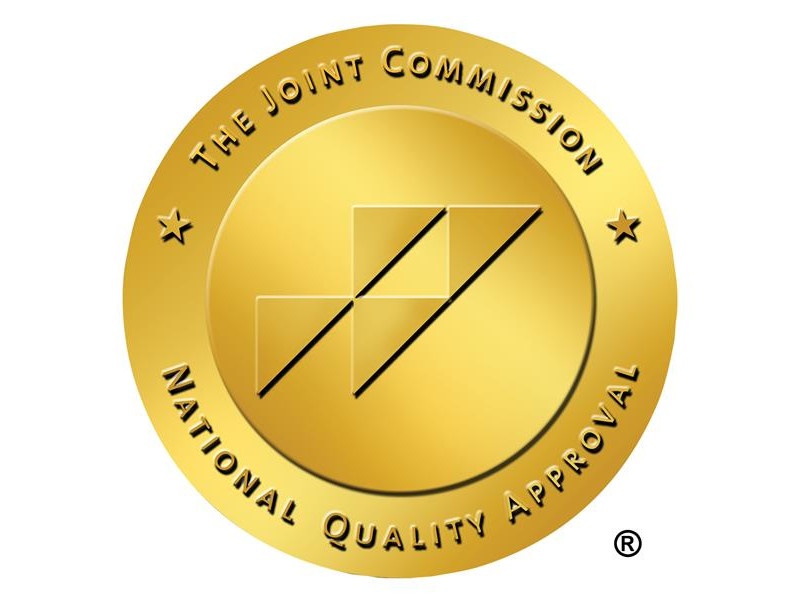The Joint Commission accredits and certifies nearly 21,000 health care organizations and programs in the United States. Formerly known as the Joint Commission on Accreditation of Healthcare Organizations (JCAHO), this organization addresses performance standards in hospitals and healthcare organizations including provisioning of care, treatment and services, and patients’ rights. It also includes defining responsibilities and emergency management procedures. To comply with the Joint Commission standards, facility managers must ensure that critical operating components of utility systems are inspected, maintained, and tested. With regard to the electrical system and the emergency power system, two key elements of performance (EPs) are required to meet Joint Commission accreditation:
EC.02.05.03 - This element of performance addresses requirements for a reliable emergency power source. This requirement requires hospitals to perform and submit an inventory of their utility system, which includes the main electrical distribution and emergency power system equipment and components including alarm systems, exit route and exit sign illumination, emergency communication systems, elevators, equipment that could cause patients harm when it fails, and areas in which loss of power could result in patient harm.
EC.02.05.07 - This element of performance addresses the inspection, testing, and maintenance (and documentation) requirements of emergency power systems. It provides guidance for the testing of emergency power systems so that these systems are less likely to fail during a power outage. This EP includes the following testing and related documentation requirements:
- Every 30 days, functional testing of battery powered lights required for egress for at least a 30-second duration.
- Every 12 months, functional testing of battery powered lights required for egress for a duration of 1.5 hours or the replacement of all batteries every 12 months and the random testing of 10 percent of all batteries for 1.5 hours.
- Every quarter, functional testing of stored emergency power supply systems for five minutes or as specified for its class. Additionally, annual testing at full load for 60 percent of the full duration of its class.
- Twelve times a year, at intervals not less than 20 days and not more than 40 days, the hospital must test each emergency generator for at least 30 continuous minutes.
- The standby generator tests are conducted with dynamic load that is at least 30 percent of the nameplate ratings of the generator or meets manufacturers' recommendations.
- Twelve times a year, at intervals not less than 20 days and not more than 40 days, the hospital must test its automatic transfer switches.
- At least once every 36 months, hospitals with a generator providing standby power test those generators for at least 4 continuous hours.
- The 36-month generator test uses a dynamic or static load that is at least 30 percent of the nameplate rating of the generator or meets manufacturers' recommendations.
- If a required essential electrical system test fails, the hospital must implement measures to protect patients, visitors, and staff until repairs or a permanent fix can be put in place.
- If a required essential electrical system test fails, the hospital performs a retest after making repairs.
Testing these systems regularly and for enough time helps to increase the likelihood of identifying reliability issues and reduces the risk of losing emergency power when it is needed.
In addition to the above requirements and the NFPA 110 standards, the Joint Commission recommends the following:
- Match the critical equipment and systems needed in an extended emergency against the equipment and systems actually on the emergency power system
- Provide training for, and test, those who operate and maintain the emergency power supply system
- Ensure that generator fuel is available and usable
- Assure that the organization management and clinical leaders know how long emergency power will be available and what locations within the facility will and will not have emergency power in the event of an electrical outage
- Establish contingency plans for doctors and other caregivers to follow during losses of electrical power
More details can be found at:
- ASCO White Paper: Load Banks for Hospitals and Healthcare Facilities
- Our Technical Articles and our Videos pages.
- The Joint Commission website at: www.jointcommission.org
.png)






